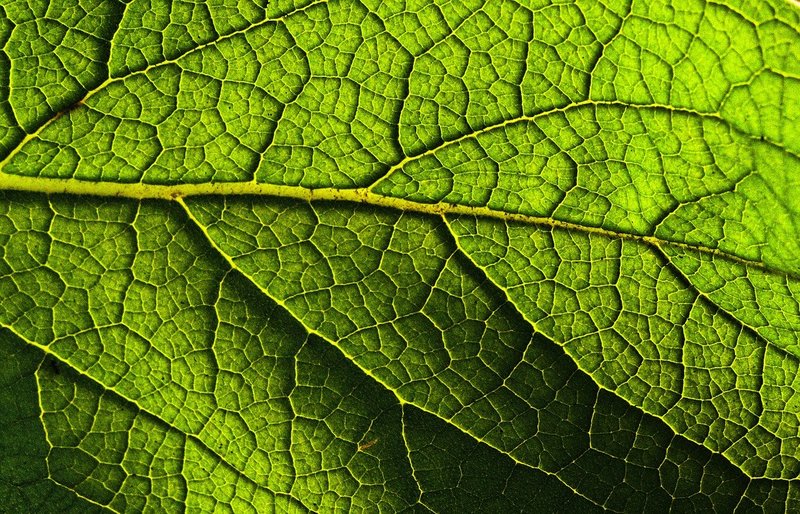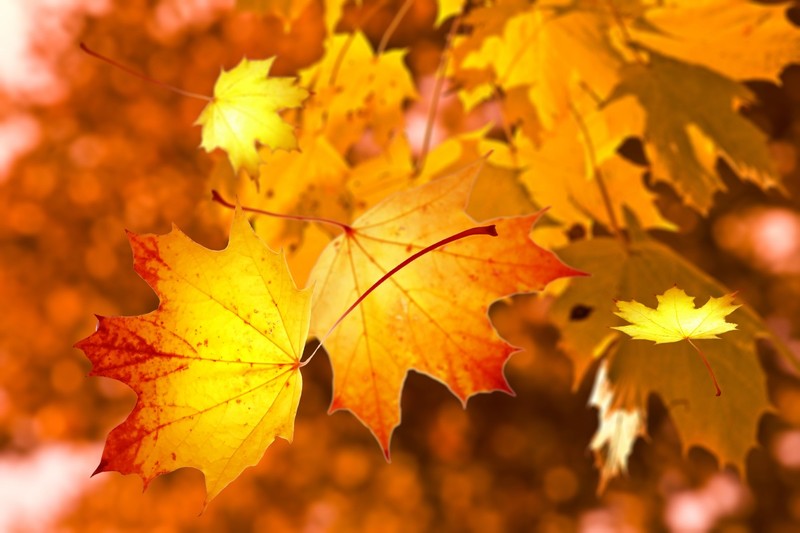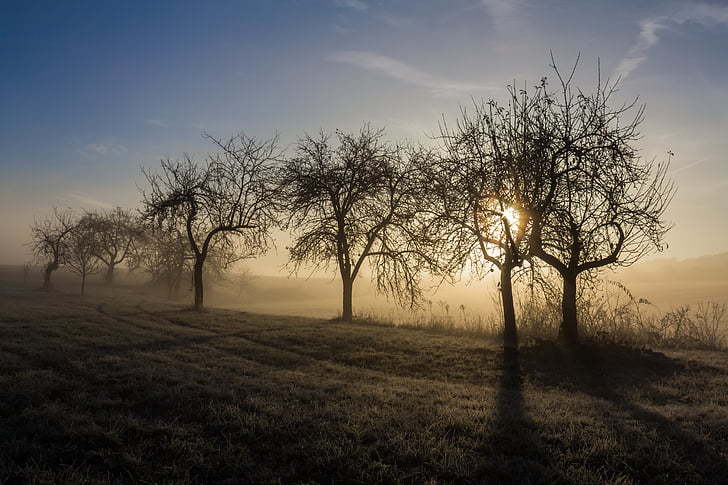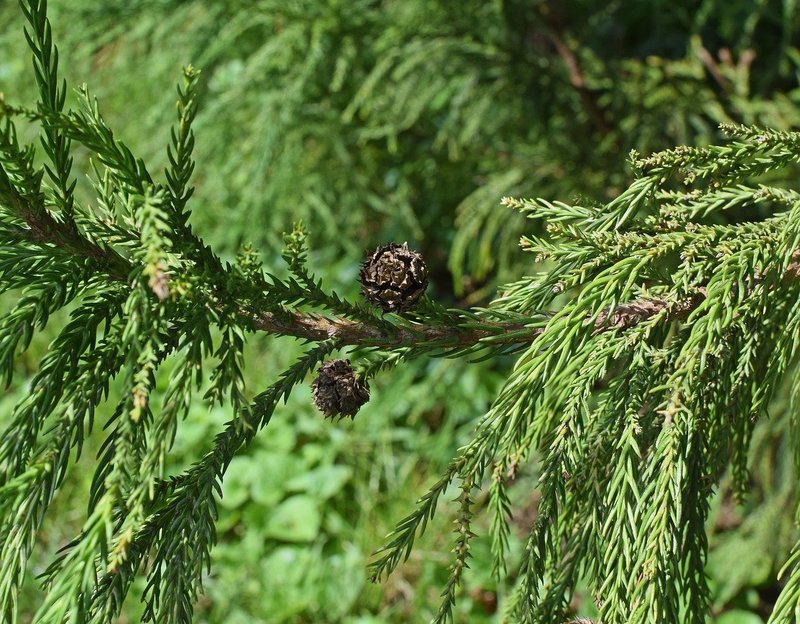Credits
Woodland Trust (2nd October 2020), by Helen Keating, Why do leaves change colour and fall off in autumn? [Online] Available from: https://www.woodlandtrust.org.uk/blog/2020/10/why-autumn-leaves-change-colour/ [Accessed 23/11/20]
Earth Sky (November 2019) Why don’t evergreen trees change color and drop their leaves? [Online] Available from: https://earthsky.org/earth/why-dont-evergreen-trees-change-drop-leaves [Accessed 23/11/20]
Why do plants have leaves?
 Leaves are nature’s food factories.Plants, including trees, take water from the ground through their roots. They also take in a gas called carbon dioxide from the air through tiny holes in their leaves, which are called ‘stomata’. The plants use sunlight shining on their leaves to turn this water and the gas into glucose, which is a kind of sugar. They create oxygen as a by-product of this process.
Leaves are nature’s food factories.Plants, including trees, take water from the ground through their roots. They also take in a gas called carbon dioxide from the air through tiny holes in their leaves, which are called ‘stomata’. The plants use sunlight shining on their leaves to turn this water and the gas into glucose, which is a kind of sugar. They create oxygen as a by-product of this process.
Plants use the sugar as food for energy and to grow. The process through which the plants turn the water and gas into sugar is called photosynthesis.
Why do Leaves Change Colour?
 A chemical gives the plants their green colour. This chemical is called chlorophyll.
A chemical gives the plants their green colour. This chemical is called chlorophyll.
During winter, there is not enough sunlight for the trees to make food through photosynthesis. When the ground is frozen, they can’t access water either. So trees rest and live off the food they stored during the summer. The change in light and temperature during winter causes deciduous trees to shut down their food making factories and the green colour - the chemical chlorophyll, disappears from the leaves.
As the bright green fades away, we see yellow and orange colours. Small amounts of these colours have been in the leaves all along. All leaf colour comes from pigments. These are natural substances produced by leaf cells to help them obtain food. As well as the chlorophyll that makes leaves green, there are carotenes which make them yellow and anthocyanins which create reds and pinks. We just can’t see these other colours in the summer, because they are covered up by the green. The brown shades we see in leaves come from waste left in the leaves.
The colours of the leaves can be brighter or fainter depending on how cold the temperatures drop, how dry the weather is and how much sunlight the leaves get in the autumn.
Why do Trees Lose Their Leaves in Winter?
When leaves fall off the trees, this is called abscission. Plants contain a hormone called auxin which helps them grow. It’s also auxin that causes plants to turn and face the sun, so that they can absorb more light. In spring, a layer (called the abscission layer) forms at the base of each leaf. Winter temperatures cause the production of auxin to slow down and this breaks the abscission layer, causing the leaves to detach from the trees. Losing leaves helps the tree to retain water during in the winter and means that it needs less energy to stay alive. The fallen leaves help to add nutrients to the soil.

Why do Some Trees Stay Green?
 There are two types of trees, deciduous trees (which lose their leaves all at once) and evergreen trees (which lose a few leaves at a time and stay green all year). Conifers are cone bearing trees that keep their leaves all year round (except for the larch!). These trees first came from colder climates, so they are adapted to lower temperatures. The shape of their needles means that they can conserve more water and the needles also have a waxy coating to help with this. The needles also photosynthesise more slowly, but keep doing so all year round. Trees found in Tropical rainforests are also evergreen as the warm and moist climate all year round means there is no need for them to lose all of their leaves at once.
There are two types of trees, deciduous trees (which lose their leaves all at once) and evergreen trees (which lose a few leaves at a time and stay green all year). Conifers are cone bearing trees that keep their leaves all year round (except for the larch!). These trees first came from colder climates, so they are adapted to lower temperatures. The shape of their needles means that they can conserve more water and the needles also have a waxy coating to help with this. The needles also photosynthesise more slowly, but keep doing so all year round. Trees found in Tropical rainforests are also evergreen as the warm and moist climate all year round means there is no need for them to lose all of their leaves at once.

 Leaves are nature’s food factories.Plants, including trees, take water from the ground through their roots. They also take in a gas called carbon dioxide from the air through tiny holes in their leaves, which are called ‘stomata’. The plants use sunlight shining on their leaves to turn this water and the gas into glucose, which is a kind of sugar. They create oxygen as a by-product of this process.
Leaves are nature’s food factories.Plants, including trees, take water from the ground through their roots. They also take in a gas called carbon dioxide from the air through tiny holes in their leaves, which are called ‘stomata’. The plants use sunlight shining on their leaves to turn this water and the gas into glucose, which is a kind of sugar. They create oxygen as a by-product of this process.  A chemical gives the plants their green colour. This chemical is called chlorophyll.
A chemical gives the plants their green colour. This chemical is called chlorophyll. 
 There are two types of trees, deciduous trees (which lose their leaves all at once) and evergreen trees (which lose a few leaves at a time and stay green all year). Conifers are cone bearing trees that keep their leaves all year round (except for the larch!). These trees first came from colder climates, so they are adapted to lower temperatures. The shape of their needles means that they can conserve more water and the needles also have a waxy coating to help with this. The needles also photosynthesise more slowly, but keep doing so all year round. Trees found in Tropical rainforests are also evergreen as the warm and moist climate all year round means there is no need for them to lose all of their leaves at once.
There are two types of trees, deciduous trees (which lose their leaves all at once) and evergreen trees (which lose a few leaves at a time and stay green all year). Conifers are cone bearing trees that keep their leaves all year round (except for the larch!). These trees first came from colder climates, so they are adapted to lower temperatures. The shape of their needles means that they can conserve more water and the needles also have a waxy coating to help with this. The needles also photosynthesise more slowly, but keep doing so all year round. Trees found in Tropical rainforests are also evergreen as the warm and moist climate all year round means there is no need for them to lose all of their leaves at once.